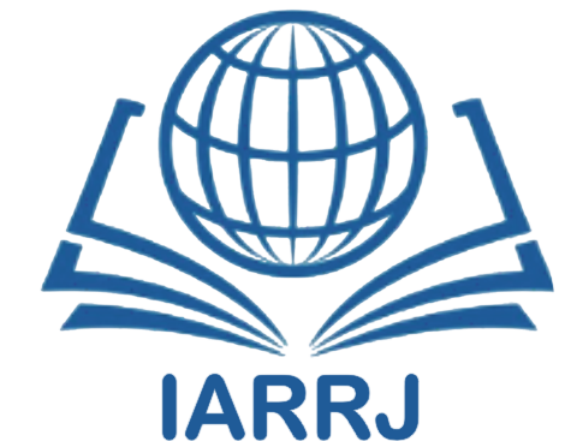For most students, professionals, researchers as well as potential authors, the zenith of a well-researched scholarly endeavor is the privilege to publish it in an online open-access journal, which will help actualize the goal of making scientific research open as well as adding to the body of knowledge globally.
However, putting together a journal article entails that you understand what most editors are looking out for in articles that will eventually be published. This is important so as to prevent a rejection of your academic article when submitted.
- Understand the structure of a journal article
The structure and layout of a scholarly journal article or paper as well as its content is crucial to the overall outcome of the success and acceptance of such paper when submitted for publication. Not only does a well-organized and properly-structured journal article helps in guiding a reader (be it a researcher or an editor), it also makes it almost impossible for it to be rejected after review by the journal’s editors.
It is therefore imperative for an author to know the format and structure that editors and reviewers involved with the peer review process want. Usually, every journal will have its individual distinctive formatting prerequisites, which oftentimes will be stated on the journal’s instruction page for researchers and authors.
- Choose the journal for your paper submission
Once you figure out what the structure of your article will look like, the next step is to select the journal you would like to submit your paper to. This is important so that you can study the journal’s prerequisites and any other requirements which will increase the chances of your paper’s acceptance. There are many research paper publication sites who focus on publishing well researched articles and papers and can offer expansive visibility for international exposure.
- Keep your points focused
After selecting the journal you want to submit your research article to, you may have to go through similar publications that have gone through the peer review process relevant to your area of research. This helps you to grasp what the editors want and acts as a guide to your writing.
You must also put into consideration the end readers. Is your audience in the same field like you or you are targeting a general audience with your research articles? The answer to this question will guide you on how to tailor your writing to concentrate on the core message that would captivate your readers. Loosing focus is detrimental and could impede effectual communication when you eventually submit your article for publication in a journal.
Being focused on the message makes your journal article relevant, evidence based and will help its acceptance when submitted.
You can Submit Your Article (All fields of research) for Publication at https://iarrj.com/call-for-paper/
- Avoid Ambiguity
A scholarly journal paper must be written in clear language. This helps makes your work accessible, readable, and understandable. If you are targeting readers beyond the scope of your field, you may want to write in clear simple terms which would be easily understood by any reader irrespective of their area of specialization.
- Plagiarism is a huge turn off
Plagiarism remains a major snag that contemporary researchers must confront heads-on. There are consequences for plagiarizing and lifting other peoples works without referencing them or giving them due credit. There are Copyright laws which protect written works from theft. As an author, scholarly articles and research papers to be submitted for publications must be plagiarism free.
There are lots of tools known as plagiarism checkers which could be deployed to help detect if an article is plagiarized or not. An example is Grammarly.com which is an online plagiarism checker which helps to ensure that an author has correctly pinpointed and properly referenced any text that is not original prior to submission for peer review.
Note that plagiarized journal papers will be rejected by editors and reviewers if submitted and this could amount to copyright infringement.
